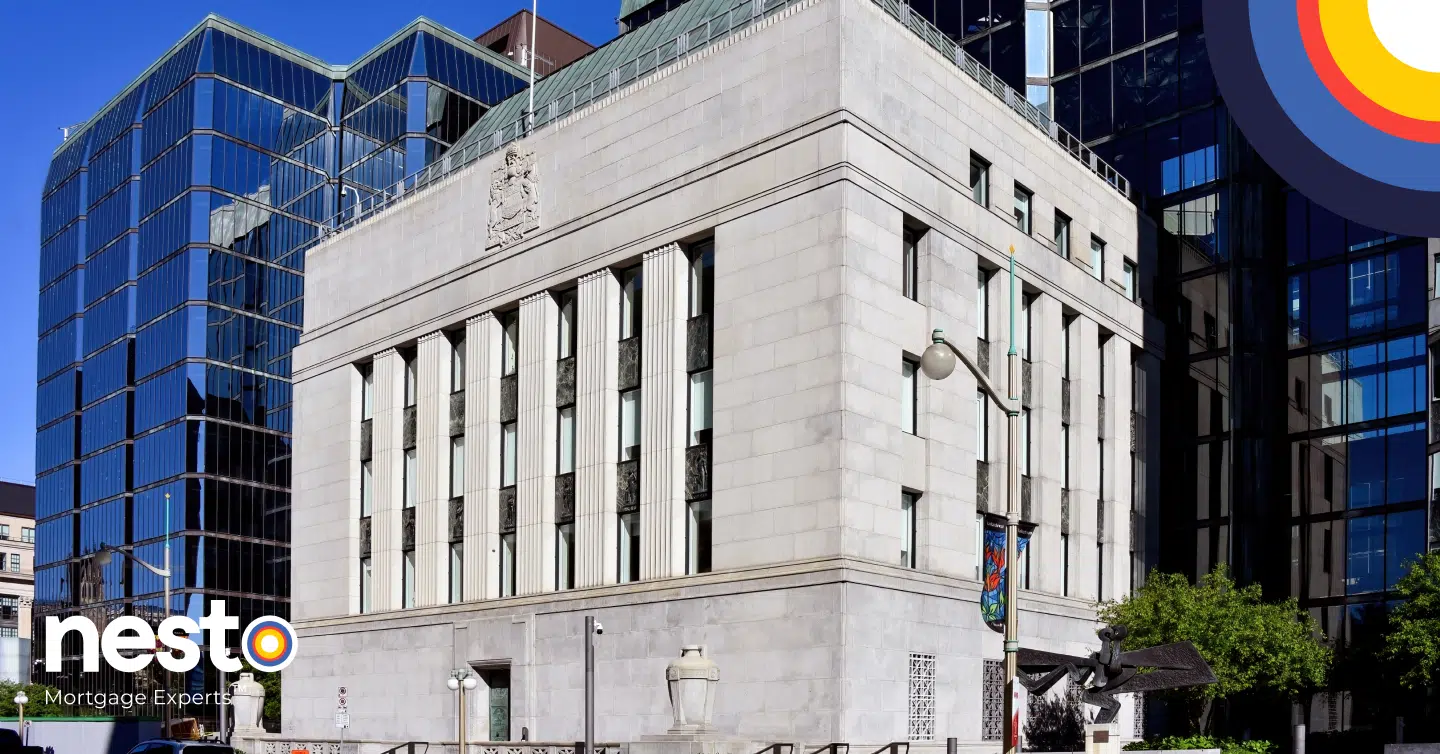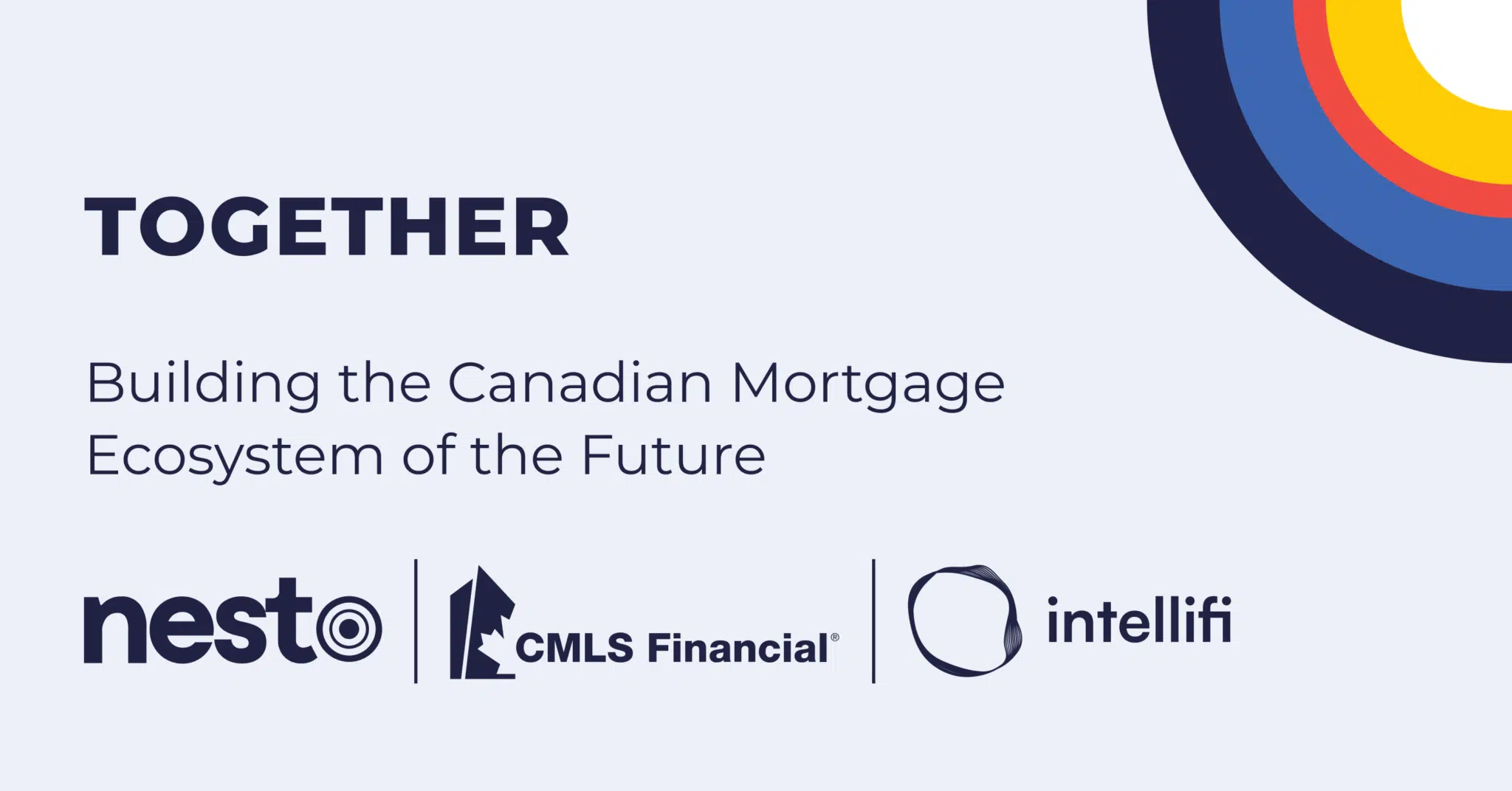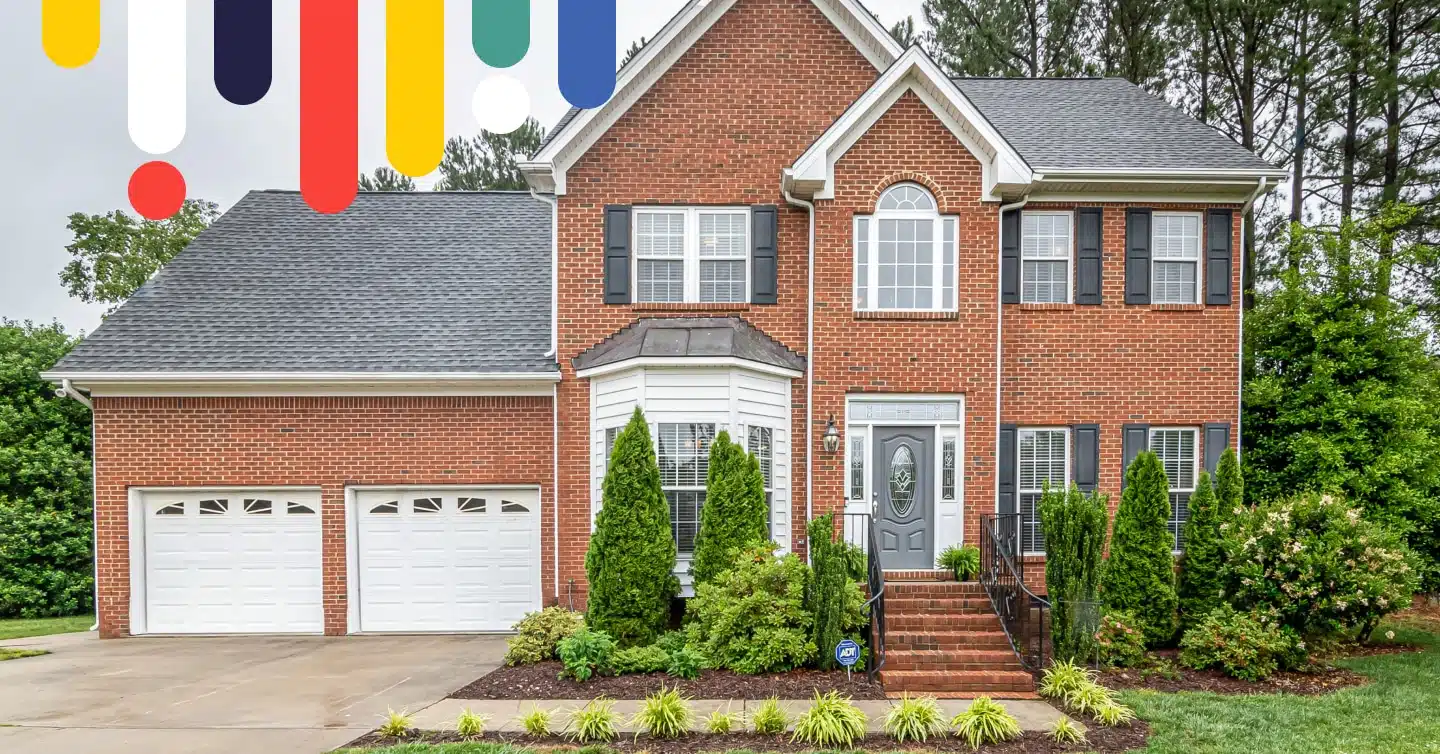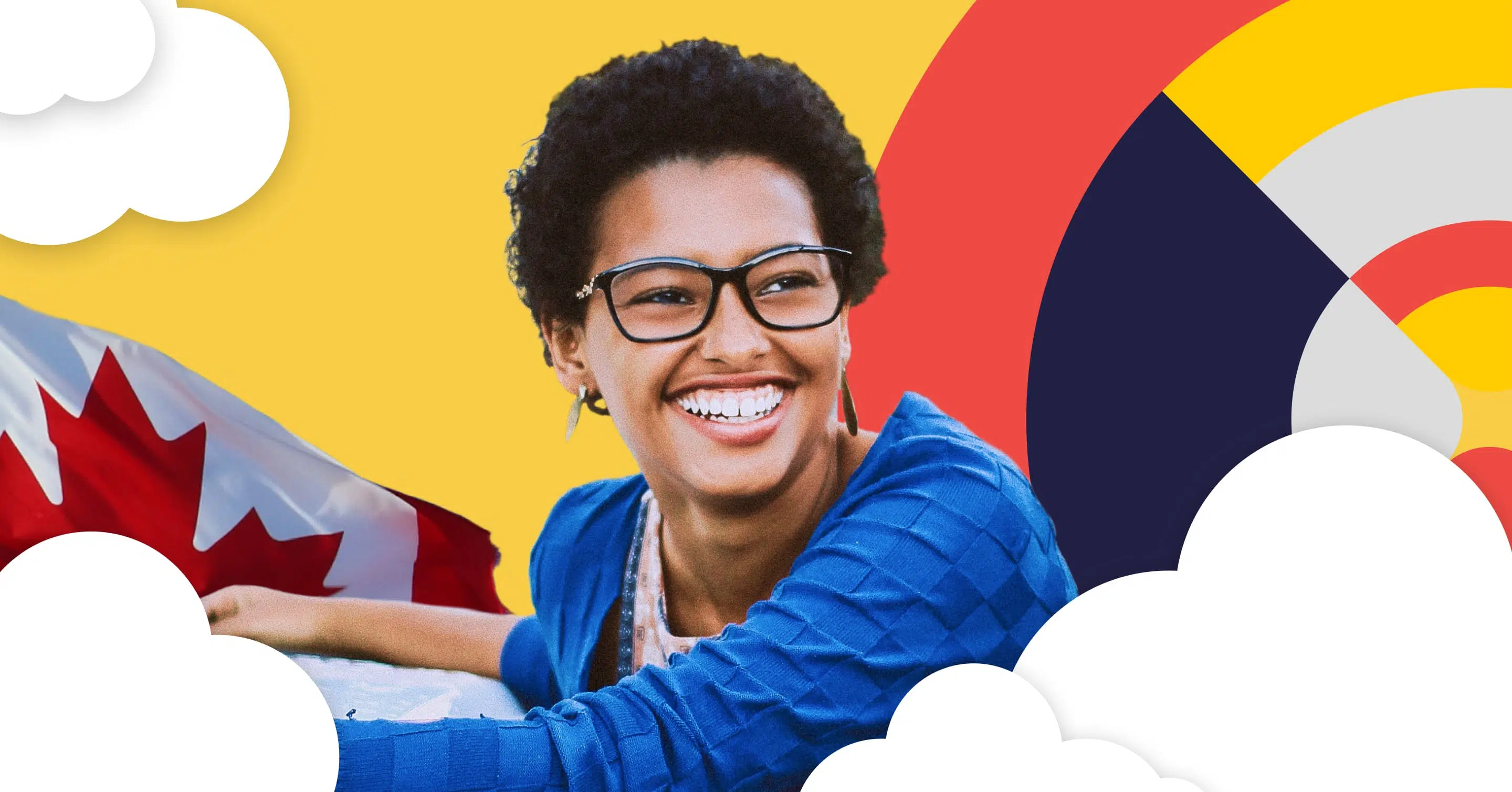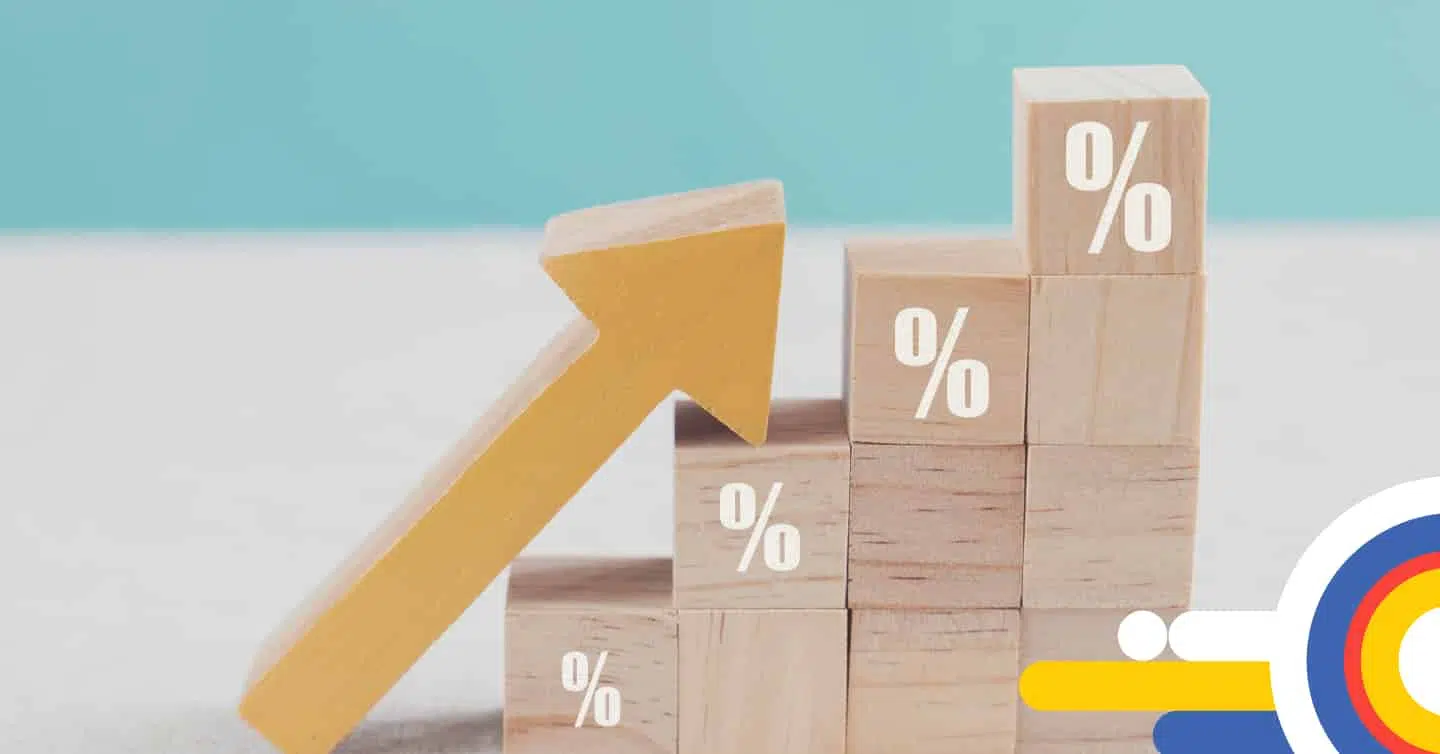Renewal and Refinancing #Featured articles #Mortgage Basics
Renewal and Refinancing #Featured articles #Mortgage Basics
How to Renew Your Mortgage

Table of contents
Every homeowner in Canada will eventually need to go through the mortgage renewal process. Whether you’re happy with your current lender and want to learn more or explore other lenders, understanding the renewal process will help you remain one step ahead and be prepared for your upcoming mortgage renewal.
This guide will walk you through everything you need to know about preparing for and completing your mortgage renewal when the time comes.
Key Takeaways
- Renewal is the perfect opportunity to renegotiate for more favourable terms and rates.
- It’s recommended that you consider your renewal options at least 120 days before your current term ends.
- Exploring other lenders’ offerings ensures you secure the best possible deal for your mortgage.
What Is a Mortgage Renewal?
A mortgage renewal is the renegotiation of your interest rate, term length, and payment frequency with your current lender, or you may switch or transfer to a different lender. This process occurs at the end of every mortgage term, with 5-year terms being the most common. At this point, your remaining mortgage balance must be renegotiated into a new term.
Mortgage renewal extends your existing mortgage contract and continues with your current amortization schedule. You will have multiple terms throughout your mortgage, requiring you to renew each time until you reach the end of your amortization period or the mortgage is paid off in full, whichever comes first.
With a renewal, you have the opportunity to reassess your mortgage needs, including the lender, interest rates offered, payment frequency, and the length of your new mortgage term, which typically spans from 6 months to 10 years.
The Difference Between Renewing and Refinancing
Renewing and refinancing involve making changes to your mortgage; however, that is where the similarities end. Renewals are extensions of your existing mortgage contract. You will continue with your remaining mortgage balance and current amortization schedule while choosing a new interest rate and terms.
A refinance is where you break your current mortgage contract to make substantial changes, including increasing the mortgage amount, extending the amortization, or adding/removing a title holder from the home (covenant change). Refinancing allows you to leverage home equity, consolidate debt, or secure a lower interest rate (before your term ends).
Refinancing is often best understood as buying time or money, depending on your financial goals. It typically involves replacing an existing loan with a new one, most often to secure better terms. Interestingly, you can refinance a home by taking out a mortgage even if you don’t currently have one on it. This process is still commonly referred to as a home refinance.
How a Mortgage Renewal Works in Canada
A mortgage renewal typically begins with your lender sending you a renewal statement. Federally regulated lenders are required to send the statement at least 21 business days before your current mortgage term ends.
The renewal statement will outline the details of your mortgage, such as:
- The remaining principal balance at renewal,
- payment frequency,
- term length,
- interest rate,
- and any other applicable fees and charges.
You will also receive a renewal offer with your statement outlining what your lender offers you as a new interest rate and terms. When you receive this offer, you can either accept and sign it, try to negotiate a better rate or explore renewing your mortgage with a more competitive lender.
Early Mortgage Renewal
Most lenders offer the option to renew early, between 90 and 180 days before your current term ends, without penalty. Early renewal can be advantageous, giving you time to explore your options while you lock in a rate with your current lender, especially if interest rates are expected to increase before your mortgage maturity.
It’s always better to plan ahead and explore your options before receiving your renewal statement from your lender, since it could take more than 21 days to compare lenders and renegotiate terms. Switching lenders can take up to 30 days or more, making it prudent to leave enough time for you to understand the renewal rates and terms available for your mortgage.
Want to save thousands of
dollars on your renewal?
Renew with nesto and you can.
How to Renew Your Mortgage
Mortgage renewal is the perfect opportunity to reassess your mortgage strategy. Renewing your mortgage involves several steps, each helping you secure the best rate and favourable terms.
Renew With Your Lender
Renewing with your current lender can be a simple process, as you won’t need to re-qualify for the mortgage. You’ll only need to review their offered rates, negotiate if necessary, and sign and return the renewal offer.
- Understand your current mortgage terms: Familiarize yourself with your current mortgage terms, including your interest rate, payment frequency, and remaining balance.
- Shop around for a new mortgage rate and term. Your lender’s first offer is rarely the best. Research and compare different lenders to find a deal that best suits your needs. The mortgage market changes rapidly in Canada, so it’s best to understand what rates are available for your situation when your mortgage matures.
- Negotiate new mortgage terms: Use your research to negotiate better terms with your lender.
- Finalize your mortgage renewal: Once satisfied with the rate offered and terms, sign the renewal agreement. When you finalize your renewal, record your renewal instructions by requesting an email or the details over the phone. Upon renewal, you should receive a renewal notice from your lender.
Renew With a New Lender
If you decide to renew with a new lender, you must go through the application process again, similar to when you applied for your initial mortgage. This involves gathering and providing all the documentation required to qualify you for the mortgage. These documents can include pay stubs, T4s and notice of assessment (NOA). You’ll also be required to meet all of the new lender’s qualifying criteria and possibly undergo a credit check, and this process may involve additional costs like home appraisal fees.
Costs to Switch Lenders at Renewal
If you switch to a new lender at renewal, you may need to budget for additional costs that your current lender may charge, including:
- Discharge fees
- Transfer or assignment fees
You may also be required to pay additional fees to the new lender that may include:
- Appraisal fees
- Registration fees
- Other applicable administrative fees
In some cases, the new mortgage lender may be willing to cover some or all of the costs of switching your mortgage to obtain your business.
Note: The additional costs and cashback your lender allows you to roll into your mortgage will affect your interest rate. If you decide to pay off your mortgage before the end of its term, the lender may claw back any incentives.
Recent Regulatory Changes
Recent regulatory clarifications and changes have made it easier for borrowers to switch to a new lender at renewal by removing the stress test requirement.
Borrowers no longer need to qualify using the Minimum Qualifying Rate (MQR) for straight switches regardless of the type of mortgage (insured, insurable, uninsured). This change gives all borrowers more options at renewal, enabling them to shop around for better rates and terms.
What Happens if I Don’t Renew My Mortgage?
If you fail to renew your mortgage before the end of your term, your lender will likely automatically renew it for you into a new term. Typically, lenders will auto-renew your mortgage, which may be a short-term closed or open option, depending on your current lender. These short-term options come with much higher interest rates than longer terms on a closed mortgage.
What Happens When a Lender Won’t Renew My Mortgage?
While rare, a lender can refuse to renew your mortgage if they perceive you as an increased lending risk. This could be due to missed payments, a poor credit score, or high debt levels. If your federally regulated lender is not allowing you to renew your mortgage, they are required to notify you at least 21 days before the end of your current term.
If you find yourself in this situation, there are several possible solutions to explore, including finding a co-signer or guarantor, improving your credit score, increasing your income, consolidating debts, refinancing, moving to subprime lending or, as a last resort, selling or downsizing.
Frequently Asked Questions
What is a mortgage renewal?
Mortgage renewal is the process of extending your existing mortgage contract by renegotiating your interest rate and terms while keeping the remaining amortization schedule.
Can I switch lenders at renewal?
Yes, you can switch lenders at renewal and no longer need to be stress-tested if you keep the remaining mortgage amount and amortization the same (straight switch). However, you must go through the mortgage application process as if you were applying for a new mortgage and meet the lender’s qualifying criteria when switching to a new lender at renewal.
What happens if I don’t renew my mortgage on time?
If you do not take action before the end of your term, some lenders may automatically renew your mortgage to a shorter term with standard interest rates, which are much higher than other terms.
Final Thoughts
Mortgage renewal provides an opportunity to reassess your mortgage needs, thoroughly review your financial situation, negotiate better terms, and ensure your next mortgage term meets your needs. Understanding the mortgage rate forecast will help you determine when to start thinking about your upcoming renewal and prepare you to negotiate or switch lenders if necessary.
Whether you choose to renew with your current lender or switch to a new one, it’s vital that you research your options and do your due diligence to find a mortgage solution that best meets your needs.
Contact nesto mortgage experts today to see if switching your mortgage to nesto is the right move for your mortgage strategy.
Ready to get started?
In just a few clicks, you can see our current rates. Then apply for your mortgage online in minutes!


